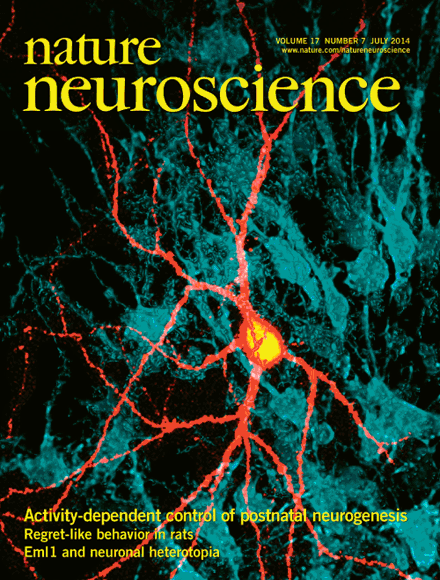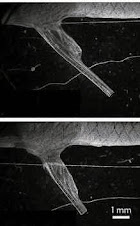
A species of marine zooplankton looks like some of its relatives but has a drastically different genomic structure. This suggests, contrary to conventional thinking, that conserved genomic architecture is not needed to maintain morphological features between species.
Daniel Chourrout at the University of Bergen in Norway and Patrick Wincker at Genoscope in Evry, France, and their co-workers analysed the genome of the tunicate Oikopleura dioica (pictured), a rapidly evolving organism that is one of the closest relatives to the vertebrates. They found several unusual features, including an order of genes on the chromosomes that was very different from that of related species.
The authors conclude that some genome features are not necessarily adaptive even if they are shared by many animals, and such features can disappear when evolution accelerates.














































































